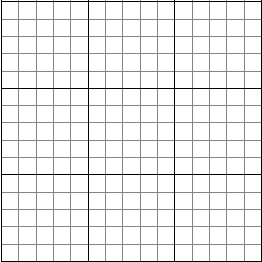Answer the following questions using the simulator found at this page: https://phet.colorado.edu/en/simulation/wave-on-a-string. You will see the words “Wave on a String” with a box underneath. Press the Play button on that box to open the simulator. Play with the simulator for a few minutes and then set it up with the following settings:
- Set it to “Oscillate” (green box in the upper-left corner).
- Set it to “No End” (green box in the upper-right corner).
- Set “Amplitude” to 1.0 cm (bottom control panel).
- Set “Damping” to None (bottom control panel).
- Set “Tension” to the middle setting (bottom control panel).
- Turn on the “Rulers” and the “Timer” (bottom control panel).
Note the “Slow Motion” and “Pause” buttons, which will help you as you try to answer the following questions.
This activity is meant to be helpful to students in understanding the nature of waves and is relevant to the lesson on light, the electromagnetic spectrum, and atoms. The primary activity for that lesson is at
this link.
Last updated: Mar 11, 2019
Home

